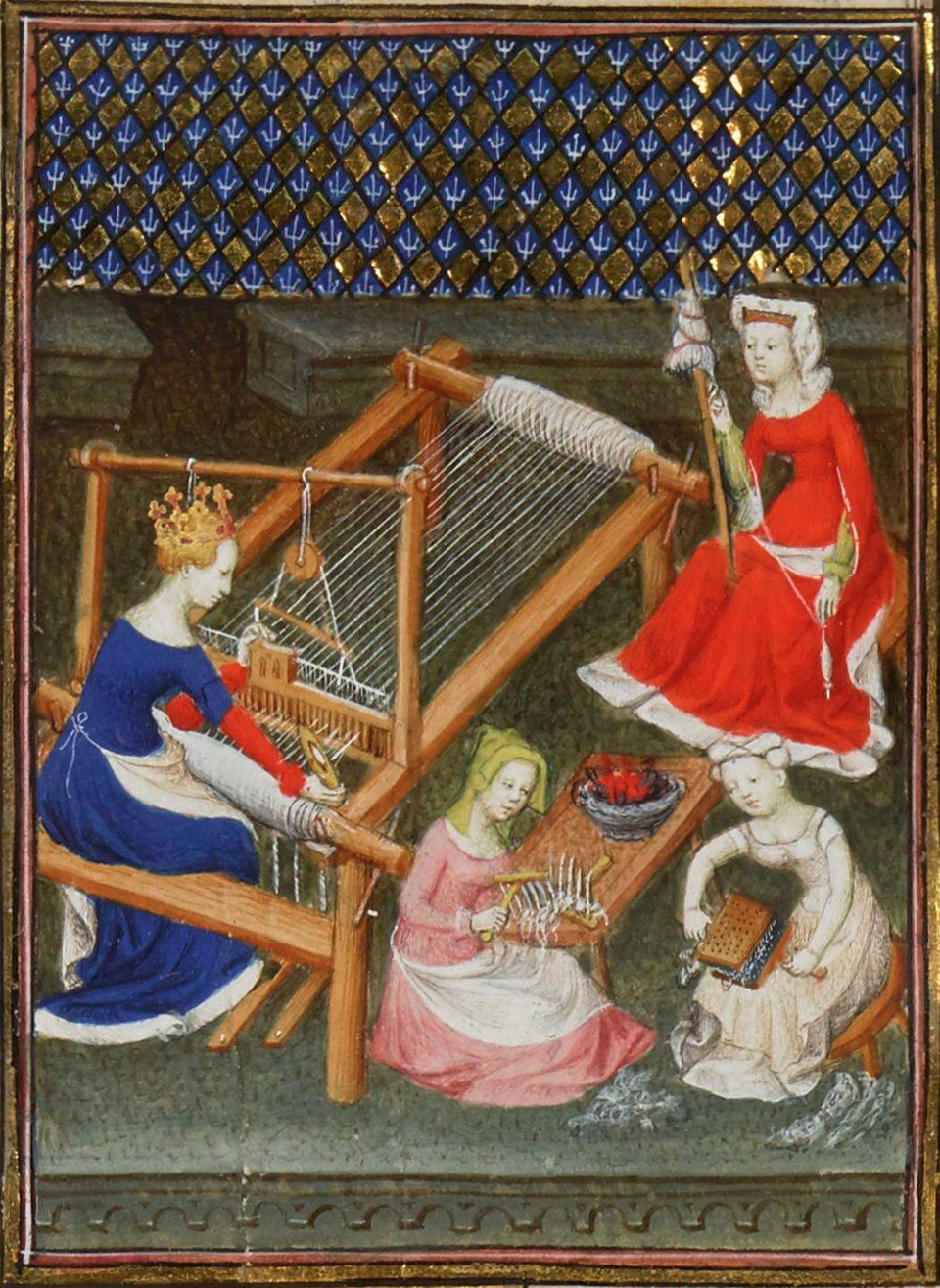- Retour accueil
- Vous êtes ici : Blog
Blog de 1001 tasses...

The Pyramids of the Cold v2 • Section 50 The Colossus and the Sledge: how really were transported heavy loads and the Great Pyramid's impactor on wet grooved rails
Publié par Bruno Coursol dans The Pyramids of the Cold v2 le 03/07/2024 à 08:12
The transport of heavy loads such as the Colossus represented in the tomb of Djehutihotep at El Bersheh is one of the most discussed engineering accomplishments made by ancient Egyptians: ...Lire la suite
The Pyramids of the Cold v2 • Section 49 When the 'Lady of the Well' Taweret plug finally moves and becomes 'Mother of Fire' magical Opet: the sparkling rocks metaphor
Publié par Bruno Coursol dans The Pyramids of the Cold v2 le 17/06/2024 à 10:28
On the above photograph taken by Morton Edgar (around 1910), his brother John Edgar is scrutinizing what probably was the most important block of the Great Pyramid’s operation for evaporative ...Lire la suite
The Pyramids of the Cold v2 • Section 48 Primary creator Neith and the seven magical notes of Tutankhamun's bronze trumpet
Publié par Bruno Coursol dans The Pyramids of the Cold v2 le 26/05/2024 à 13:59
Just like Athena, her Greek reinterpretation by the process of the 'interpretatio graeca', the ‘Divine sealer’ and 'Mother of all goddesses' Neith is known from the very First Dynasty as ...Lire la suite
The Pyramids of the Cold v2 • Section 47 The Aegis Shield of Athena 'Subduer of the Winds' and the upper hatch of the Gallery
Publié par Bruno Coursol dans The Pyramids of the Cold v2 le 06/04/2024 à 11:23
The Shield of Athena and the head of the Gorgon onto that Shield are all about her being called “the Subduer of the Winds”: the aegis Shield of Athena was ...Lire la suite
The Pyramids of the Cold v2 • Section 46 Two magical eyes of Isis and the brilliant but painful flame of her twin sister's braids
Publié par Bruno Coursol dans The Pyramids of the Cold v2 le 07/03/2024 à 08:45
This Section is correcting the wrong interpretation of Nephthys I’ve made: if Isis is the “ascending One” because Isis is about the hauling ropes of the Grand Gallery, then her ...Lire la suite
The Pyramids of the Cold • The Legend of Khufu and the 'magician' polymath Imhotep
Publié par Bruno Coursol dans The Pyramids of the Cold v2 le 19/02/2024 à 18:13
The Legend of Khufu and the Magician is the key to understand the real mastermind behind the Great Pyramid of Giza and its operation: the super-scientist and physician polymath Imhotep, ...Lire la suite
The Pyramids of the Cold Section 44 • The holy water fonts and the biosand filter
Publié par Bruno Coursol dans The Pyramids of the Cold v2 le 31/10/2023 à 09:06
If holy water fonts made from giant clam’s shells are set at the entrance of Christian churches all over the world, this is not because they are cute and convenient: ...Lire la suite
The Pyramids of the Cold Section 43 • David, Saul, two giant Goliaths, five little stones, an aeolian harp... and a weaver's beam
Publié par Bruno Coursol dans The Pyramids of the Cold v2 le 18/09/2023 à 09:18
Goliath's weaver's beam is the key for the comprehension of the origin of the whole story of David and Goliath: there isn't really any fight between the two of them, ...Lire la suite
The Pyramids of the Cold Section 42 • Ezekiel's Egyptian pulley Wheels and the angel ropes
Publié par Bruno Coursol dans The Pyramids of the Cold v2 le 27/08/2023 à 16:28
If angels are described as "messengers" in the Bible, it is only because they are metaphorical glorifications of the four driving and hauling ropes of the Great Pyramid of Egypt, ...Lire la suite
The Pyramids of the Cold Section 41 • The 293 kilograms windlass Staff of Moses and Aaron
Publié par Bruno Coursol dans The Pyramids of the Cold v2 le 23/07/2023 à 13:09
"Moses and Aaron before pharaoh". On this image, their Staff had just been transformed into a snake, as a beautiful metaphoric representation of a rope slowly winding upon a wooden ...Lire la suite
The Pyramids of the Cold Section 40 • The Smiting Ark of the Covenant
Publié par Bruno Coursol dans The Pyramids of the Cold v2 le 25/06/2023 à 11:54
The famous scene of Joshua, "passing through the Jordan river with the Ark of the Covenant", should rather be described as Joshua, following the passing of the Ark through the ...Lire la suite
The Pyramids of the Cold v2 • Summary of the study and Table of Contents
Publié par Bruno Coursol dans The Pyramids of the Cold v2 le 13/05/2023 à 19:30
The Great Pyramid of Giza, the Pyramid of Khafre and the sphinx. Color lithograph by G.W. Seitz, ca. 1878, after Carl Werner, 1870: https://wellcomecollection.org/works/exnpzjwc/images?id=x3jjcet6 The Pyramids of the Cold v2 ...Lire la suite